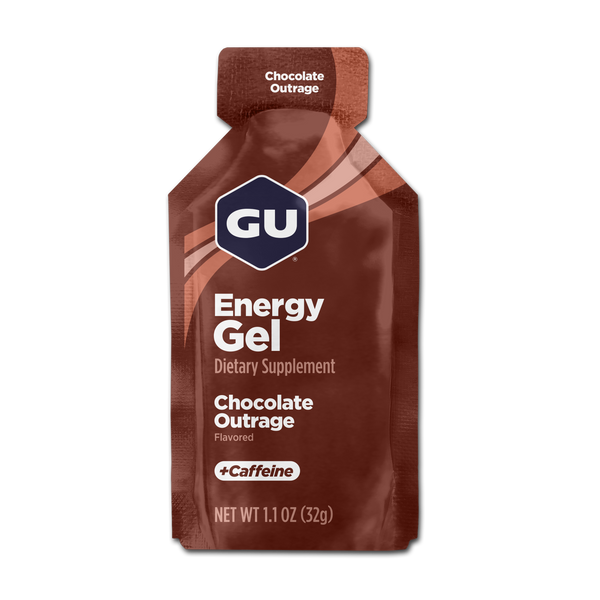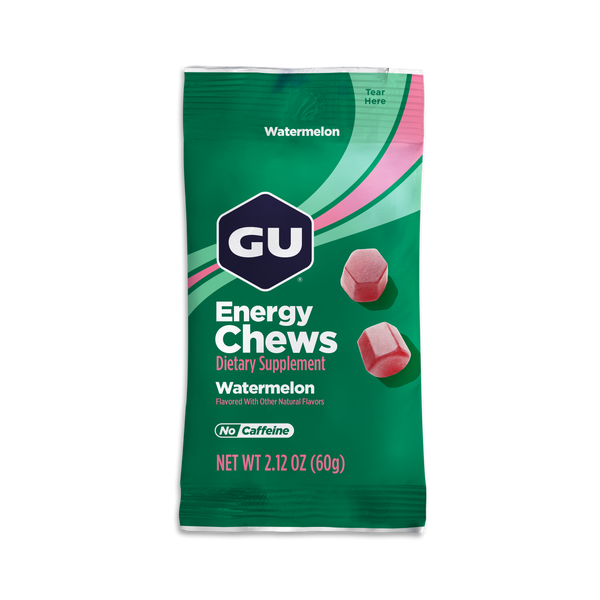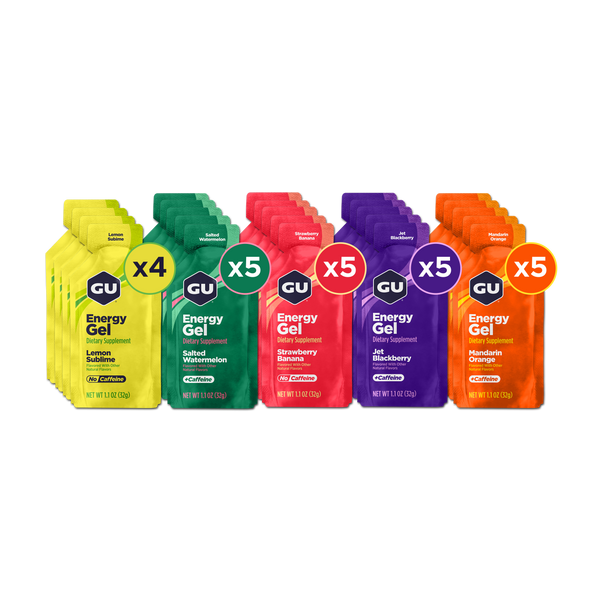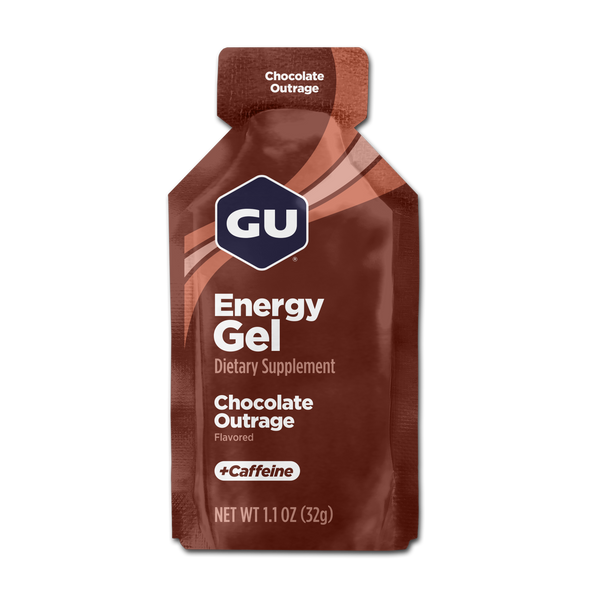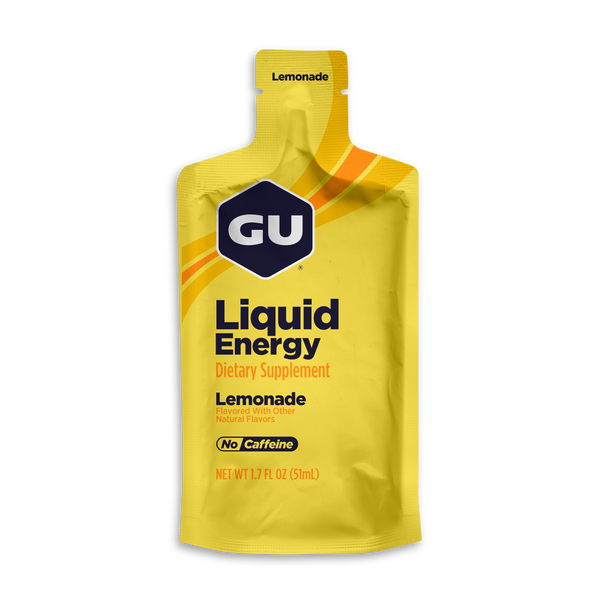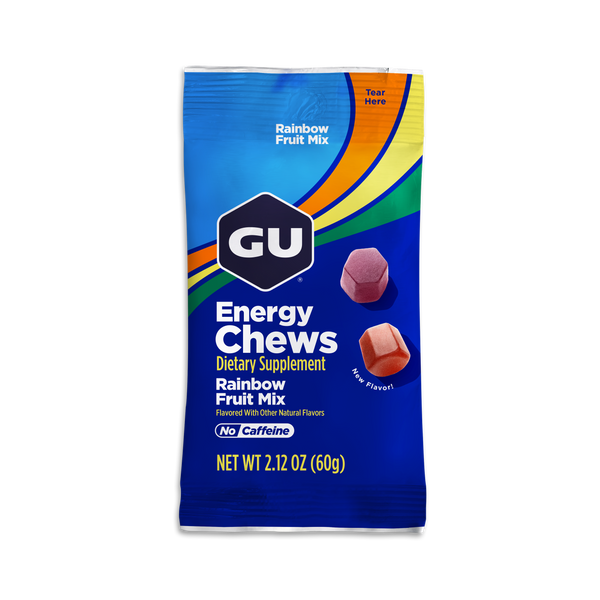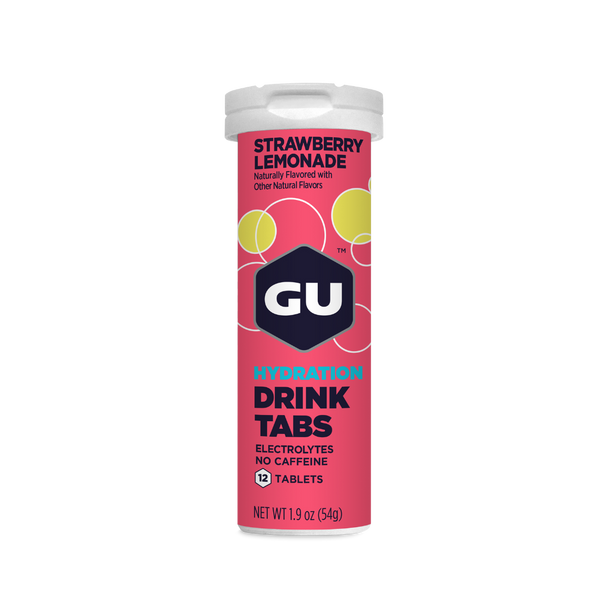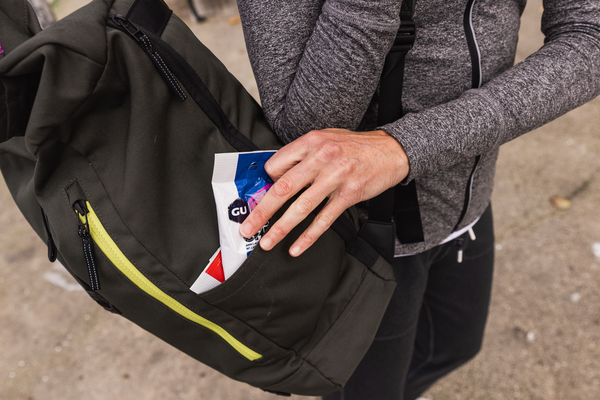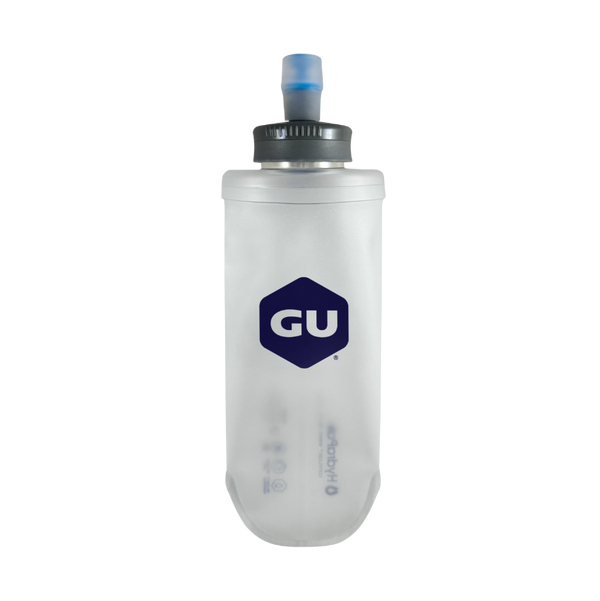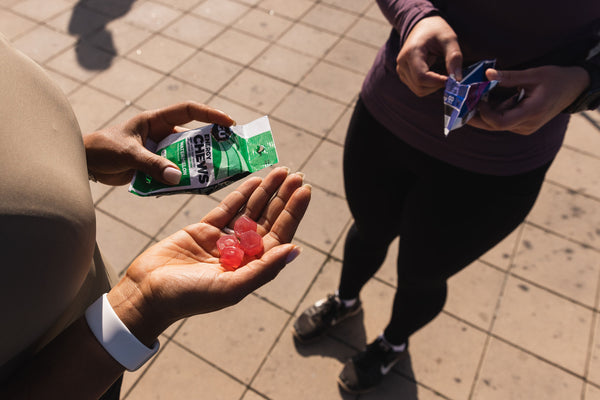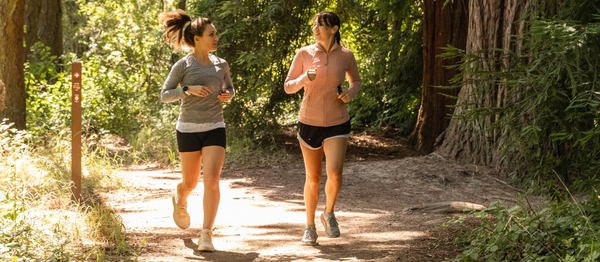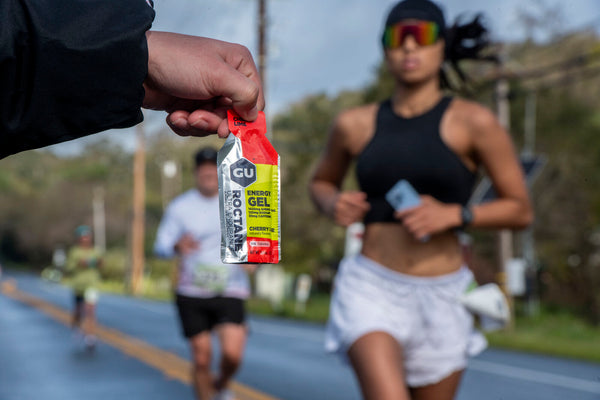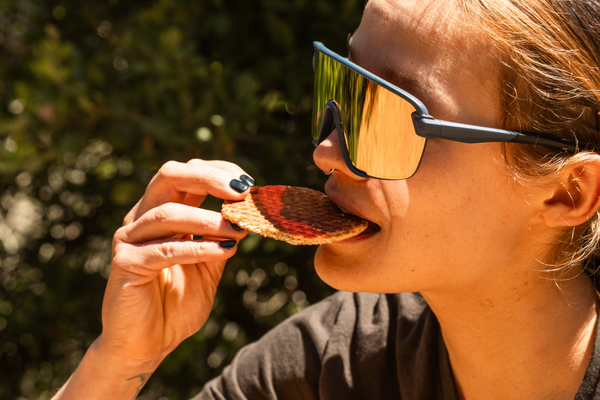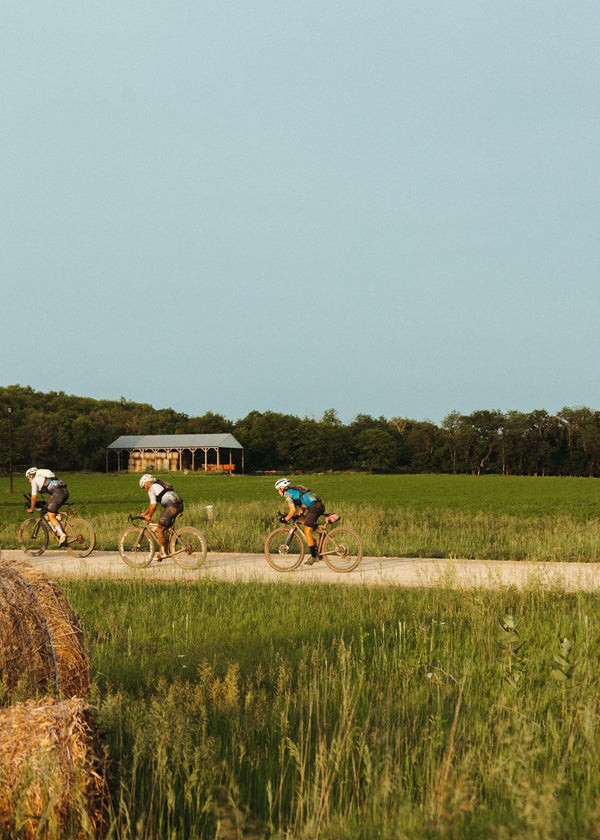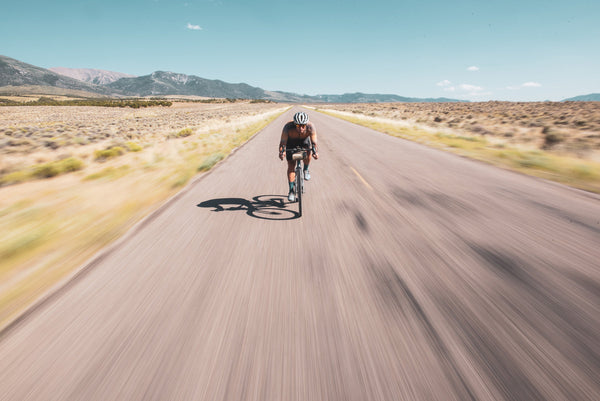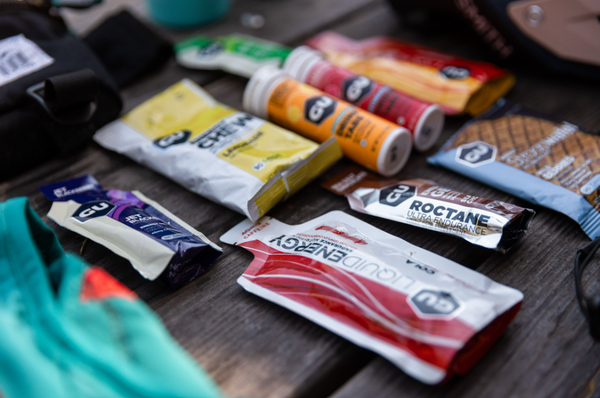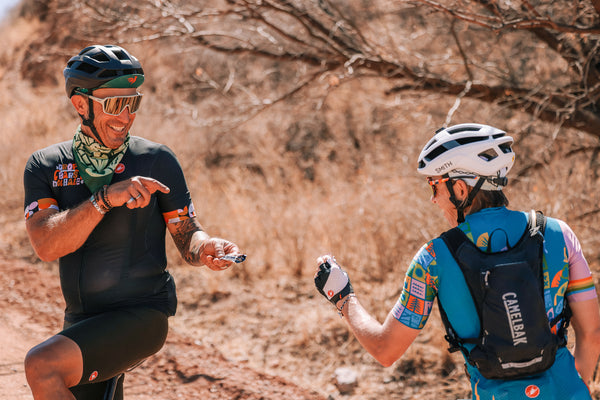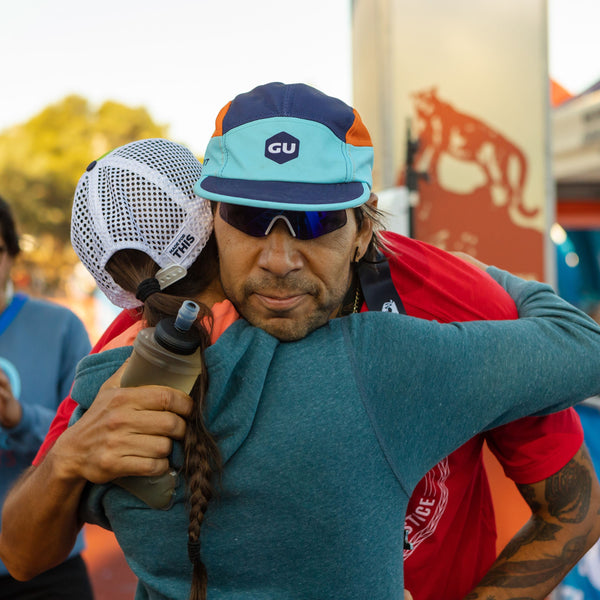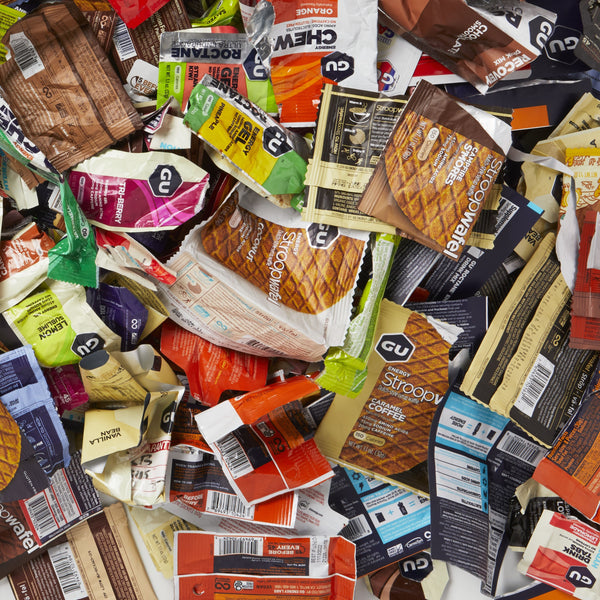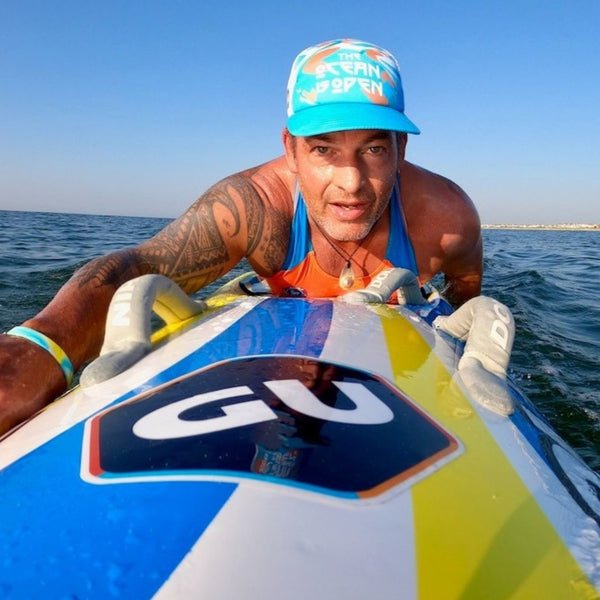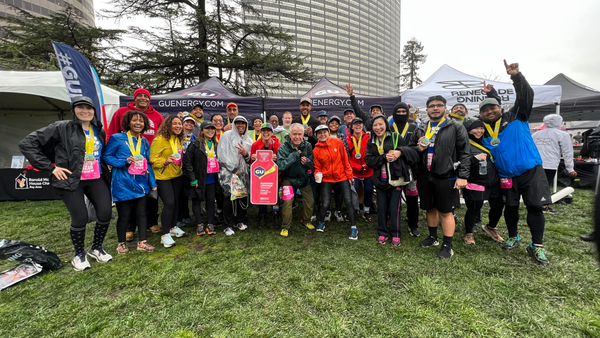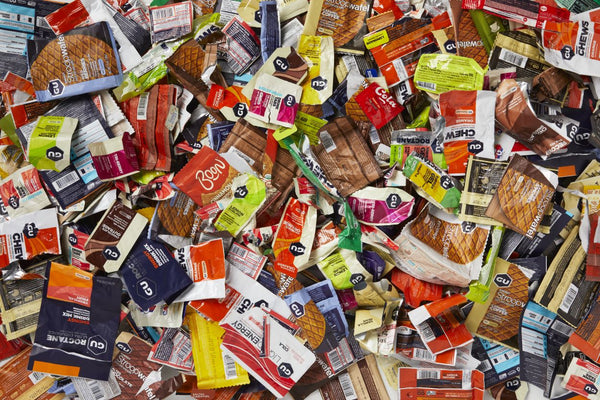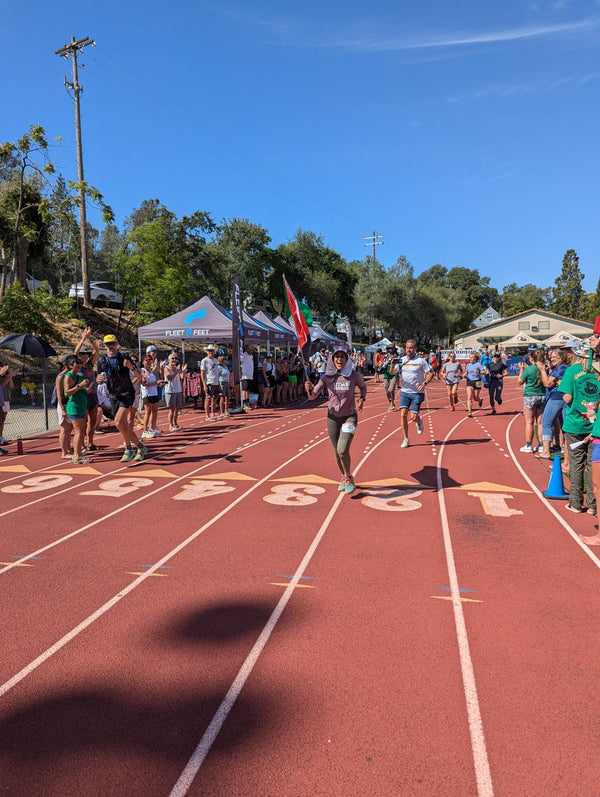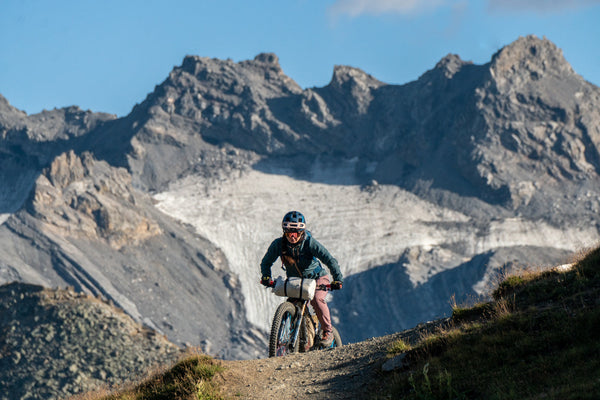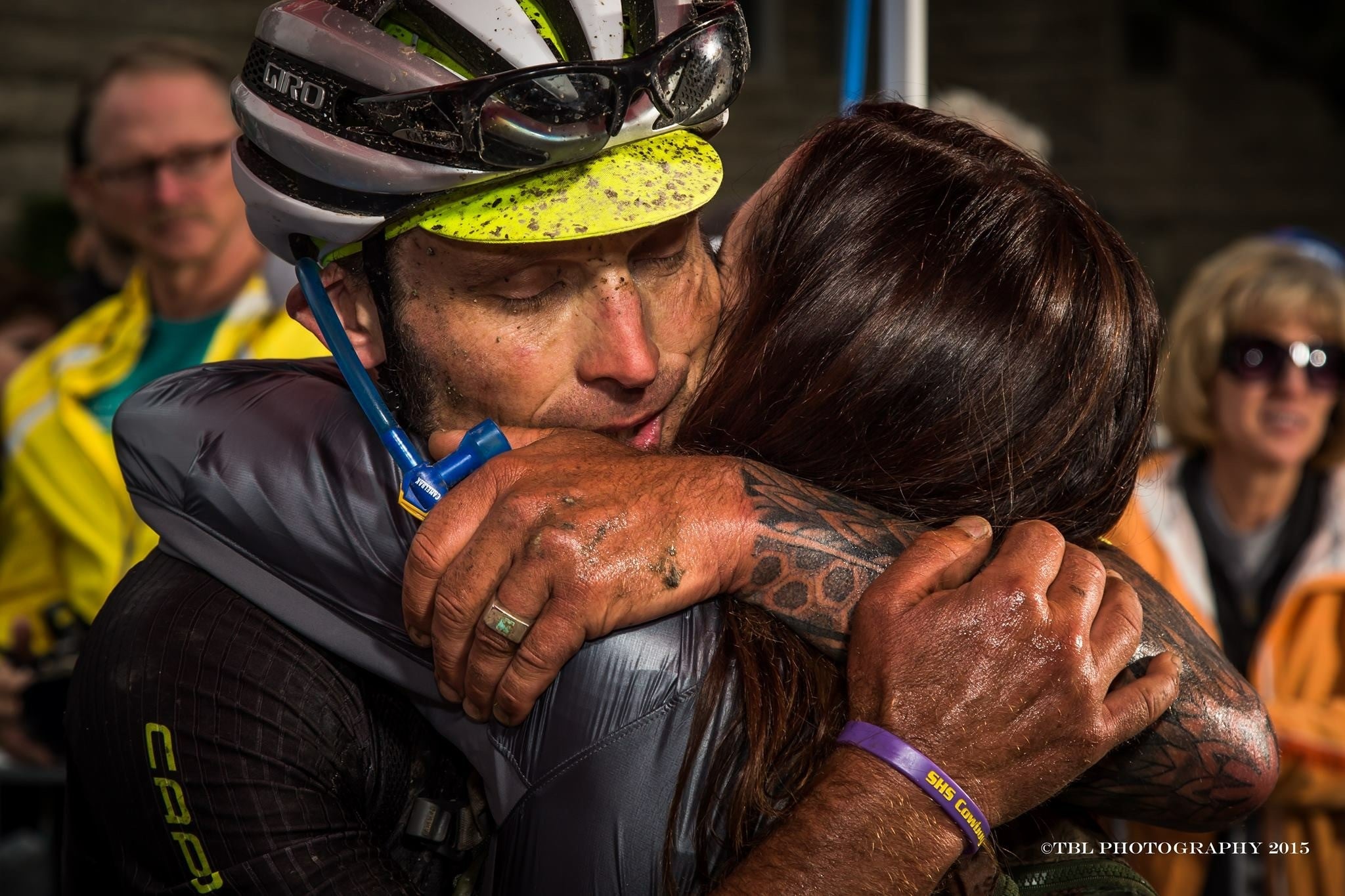“Believe me that in every big thing or achievement there are always obstacles, big or small, and the reaction one shows to such obstacles is what counts, not the obstacle itself.” Bruce Lee
Let’s take a pedal down memory lane for a moment, shall we, to a time and a place that completely changed the trajectory of my cycling career, to a pivotal race moment in the Flint Hills of Kansas that was all about dealing with an obstacle: MUD. In 2015 a week’s worth of torrential rains had decimated the gravel roads in and around Emporia, KS, home to the GARMIN Unbound Gravel race (formerly DK 200), considered by many the hardest one-day gravel race in the world, turning them into flooded, muddy messes. It’s said that the third time’s a charm, so I was hoping to tap into that luck, as well as all the fitness I’d built in the past year by following a very focused training plan. By no means was I the fastest, or strongest, rider to toe the line that day, but I’d done the hard work to be at my personal best, to hopefully be in a position to make a run for the podium. I just didn’t know that running, not necessarily pedaling, would be the key to my success that day.

We hit the first extended patch of prairie peanut butter around mile ten and it just blew apart the front end of the race. Riders bowling-pinned through the rutted guck, many careening and crashing into the tall grass that lined the road, while most bikes became immoveable, heavy objects that came to a complete standstill, leaving riders stranded, frantically trying to clean the gluey mud from their bikes with their hands or, if they’d properly prepared for the day, a painter’s stir stick. Some racers were lucky and somehow punched their way through the sludge, but most weren’t. And the even more unfortunate ones broke chains, their shifting failed, or they snapped rear derailleurs and hangers off, their day over before the racing even really began.
Having pre-ridden some of the course the day before, I knew that this pit of despair was going to smack us in the face with a hard dose of prairie pain, but it still caught me by surprise and brought my bike to a gritty stand still, rear chain stays completely plugged with mud and prairie tall grass. My stomach sank and tightened at the thought of having to struggle this hard, this early into a 200-mile race. My resolve became not so steely for a second, as I contemplated the situation, and I panicked a bit, but then I remembered that I was racing to honor my wife (a stage 4 cancer survivor who had flown out to KS to surprise me the day before) and that there was no such thing as quitting. The only productive reaction to the muddy obstacles facing me was to figure out a way through or around it, to find the path forward, to keep moving at whatever pace I could. I shouldered my bike and started running along the edges of the road where there was the most tall grass and least amount of shoe sucking, and bike plugging, mud.

For the next 70 miles or so, I picked the prairie path of least resistance, shouldering my bike and running the really muddy sections, pushing my bike when I could, and riding when the opportunity presented itself. I was by myself most of the time, so I was alone in my misery, but occasionally I would catch a lone rider who was dealing with some sort of mud related disaster. At every creek or water crossing, I took an extra moment to clean my bike, making sure that critical components were as mud free as possible. It wasn’t pretty, but it was progress, and it wasn’t until I stumbled out of the last sloppy slog through a long and arduous mud pit around mile 85/90 that I realized I might have a shot at the podium. I’d been in “robot mode” until this point, not thinking or feeling anything really, just laser focused on the task of working around the obstacle, methodically plodding my way forward through the mud, lucky that I hadn’t suffered a flat or even worse mechanical. Turns out that this careful, metered response to navigating the mud had put me in fourth overall, but the finish was still well over a hundred miles away so it wasn’t time to get distracted by dreams of what might be.
I’m guessing that in the course of 204 miles I probably walked/ran close to seven miles total, but I’m not complaining because that approach, that reaction to the adversity presented that day, saved my race. Surprisingly, it also allowed me to eventually pedal my way up in the final hundred miles and catch the lone leader with just two miles to go, setting the stage for the race’s closest finish in its history to that point. It also meant that I got to honor my wife’s strength, fortitude, persistence, resilience, and vibrant life force with the sprint win, arguably the biggest achievement of my entire cycling career.

Considering the adversity of the past two years, I don’t need to remind any of you about obstacles, because we’ve all had them in some way, shape, or form. We’ve all had to adapt to new challenges, be flexible with life's curveballs, tap into patience that we didn’t know we had, and be more persistent than ever to continue our forward progress.
My current obstacle is a fractured tibia that’s getting in the way of me doing what I love, but there’s time to talk about that in future blogs. I also don’t need to point out hardship and sacrifice because we’ve all had a bit of both as we navigate this new pandemic landscape. But what I am here to tell you is that we are in control of how we react to life obstacles. We are in control of how we respond, the attitude we bring to situations, and the ways that we choose to move forward, around, and through these life challenges. And that is where we will learn the most about ourselves, what we are truly capable of, and redefine what success looks like for each one of us.
Check out the video for a little taste of what that day in 2015 was like for all the riders, including this blog's inspirational author, Yuri Hauswald.
Salsa Cycles Presents: I Ride For Her from Salsa Cycles on Vimeo.

